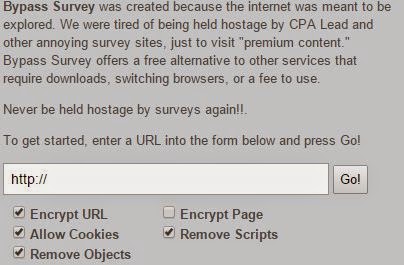
Most respondents (89%) reported having at least 1 case in the last 3 years, with a total case experience of at least 785 cases (785 = the minimum number of cases in each case volume category × the number of respondents choosing that category). Seventy-five percent of respondents reported using an institutional protocol for HIT-CPB cases. The majority of respondents used clinical history and/or antibody testing (71% and 63%, respectively) to diagnose HIT. We received 304 completed surveys (5.8% response rate), 75% completed by an anesthesiologist, and 24% by a perfusionist. We surveyed members of the Society of Cardiovascular Anesthesiologists (SCA) and the American Society for Extracorporeal Technology (AmSECT) using an online survey tool. Our goal was to better delineate practice trends in the diagnosis and management of HIT patients requiring CPB. While guidelines have recently been published addressing this topic 10, there remains variance between institutions in how these cases are treated.


Heparin is contraindicated, however, in patients with acute HIT, and alternatives to routine practice are often used. Patients undergoing cardiac surgery with cardiopulmonary bypass (CPB) are routinely anticoagulated with heparin before the initiation of bypass. Heparin-induced thrombocytopenia (HIT) is an immune-mediated adverse reaction to heparin.


 0 kommentar(er)
0 kommentar(er)
